Visit the Conciergerie in Paris
La Conciergerie, Paris, is the building that runs along the Quai de l’Horloge, on the Île de la Cité. Located in the first arrondissement of Paris, the Conciergerie is one of the city’s most fascinating historical buildings and also one of the most underrated by tourists and locals.
One of the oldest buildings in Paris, La Conciergerie is the main vestige of the former Palais de la Cité, which was the residence and seat of power of the Kings of France from the 10th to the 14th century. The immense Palace also included the current Palais de Justice and the splendid Sainte-Chapelle built by Saint-Louis.
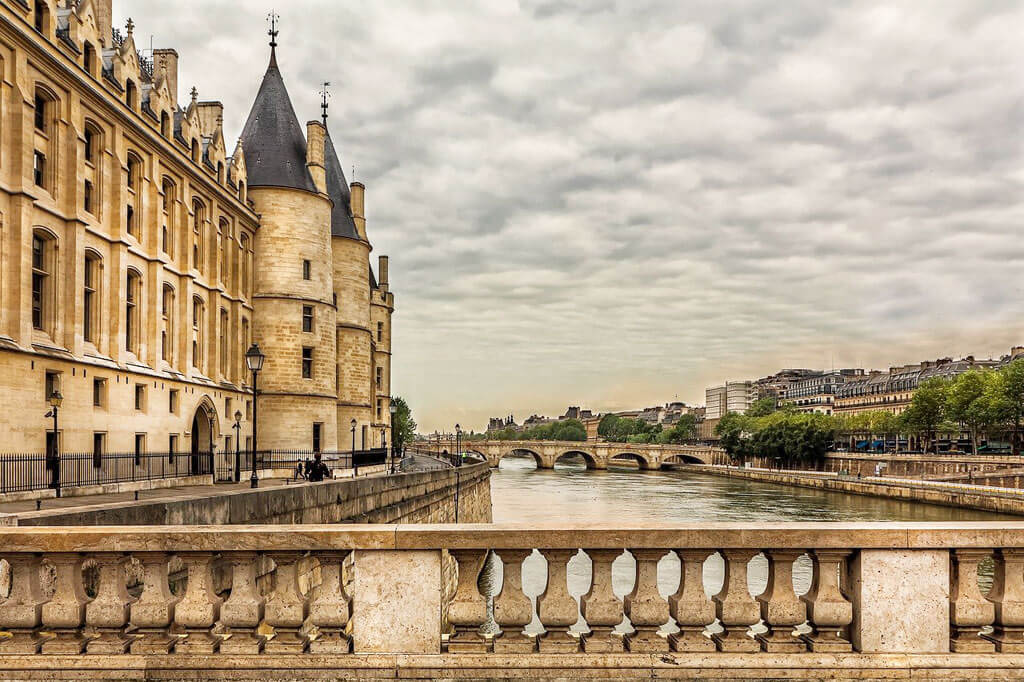
Is the visit to the Conciergerie worth it? Yes, it is! The former Royal Palace has stunning architecture, the Conciergerie history is fascinating, and it is one of the best monuments to immerse yourself in Medieval Paris.
Buy your tickets to La Conciergerie
La Conciergerie Paris is one of our favorite things to see in Paris. We recommend visiting the Conciergerie in the following Paris itineraries:
Interesting La Conciergerie Facts that You (Probably) didn’t Know
With such a long history, it’s no wonder that there are so many curious facts about La Conciergerie in Paris! Here are eight favorite La Conciergerie facts that you (probably) didn’t know.
1. The Conciergerie History Dates from Roman Times
When was the Conciergerie built? On Ile de la Cité, there was a Castellum or Palatium since the 4th century AD, and it occupied an area of around one hectare. This space housed the Praetorian Tribunal and was temporarily the home of the two Roman Emperors Julian and Valentinian.
During the following centuries, the Franc Kings had a traveling court, and they stayed in the Palais de la Cité during their trips to Paris. It was King Huges Capet, the first Capetian King, who in the 10th century established the Curia Regis (the Royal Council) and various departments of its administration in the Palais de la Cité.
2. The Conciergerie Owes its Splendid Gothic Architecture to King Philippe Le Bel

The building owes its Gothic architecture and turrets mainly to King Philippe Le Bel (1268-1314). At the time, King Philippe’s Royal Palace was considered one of the most beautiful in Europe!
King Philippe commissioned the Grande Salle – the largest Gothic civil hall in Europe – where the King gave justice and hosted sumptuous receptions and banquets.
3. Conciergerie Meaning
In Medieval Times, a Conciergerie was a prison dependent on a Parliament.
In the 14th century, King Charles V (1338-1380) decided to move his court outside the ramparts of Philippe Auguste, in the current area Le Marais, and the Royal Palace became an honorary and occasional residence.
Part of the Palace was converted into a state prison: the Conciergerie prison occupied the ground floor of the building bordering the Quai de l’Horloge and the two towers; the upper floor was reserved for Parliament.
The Conciergerie was entrusted to the Concierge, a high figure in the kingdom. The King himself appointed the Concierge to ensure order, the police, and register the prisoners.

4. The Conciergerie is France’s Oldest Prison
The Conciergerie prison dates back to 1370, when the Royal Palace was abandoned as a residence by Charles V and his successors. In the Conciergerie prison, many prisoners awaited trial and execution. The richest had their cell with a bench, while the less fortunate were crammed on the floor.
During the Terror, La Conciergerie Paris was considered the antechamber of death, a place where few people came out free. Queen Marie-Antoinette was imprisoned there in 1793 before being sent to the guillotine.
5. The Conciergerie Prison Hosted the Revolutionary Tribunal
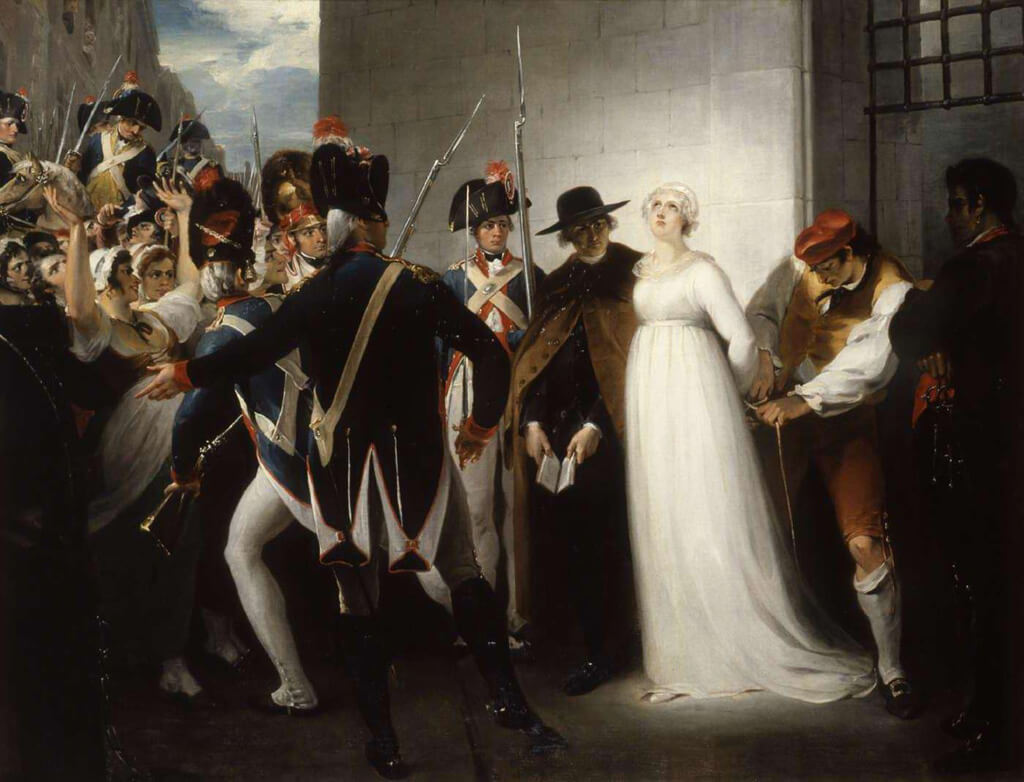
During the French Revolution, the Conciergerie was the scene of the sessions of the Revolutionary Tribunal, during which nearly three thousand people were sentenced to death.
One of the most famous prisoners was Queen Marie-Antoinette, who spent her last days before being beheaded in one of these cells. For some time, visitors to the Conciergerie could see Queen Marie-Antoinette’s cell, the ‘décor’ of which had been reconstructed.
During the museum’s renovation, this reconstruction was removed to make way for a chapel.
6. The Conciergerie is Next to One of the Most Visited Places in Paris
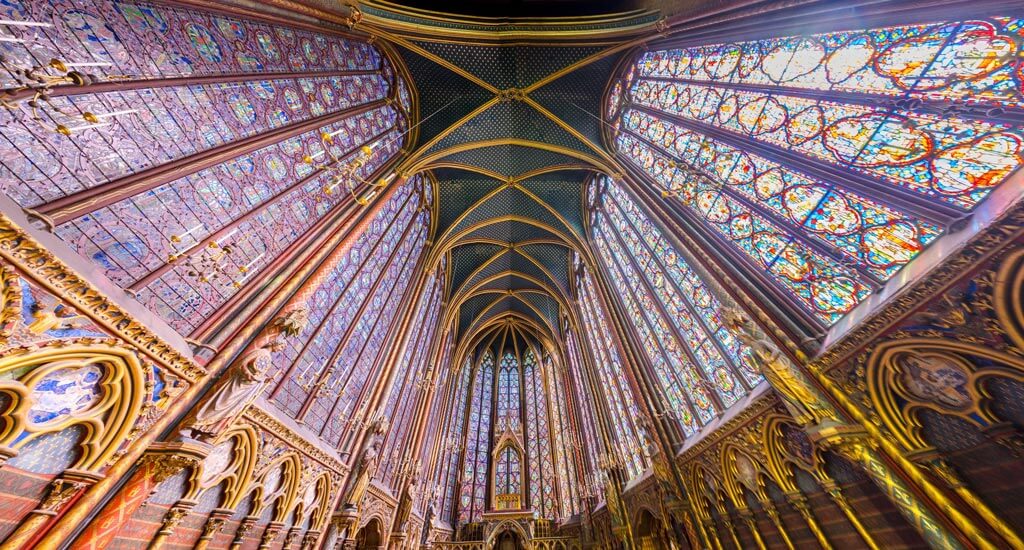
One of Paris’ most underrated monuments, the Conciergerie is located only a few meters from the Sainte Chapelle, one of the most visited monuments in Paris! And it is a pity no more people visit the Conciergerie because both places are part of the Royal Palace and interesting in their way.
There’s a combo ticket that offers skip-the-line access to the Conciergerie + Sainte Chapelle at a reduced price, so there are no excuses to skip the Conciergerie.
Also, the ticket to the Conciergerie is included in the Paris Museum Pass, and other Paris tourist passes.
7. The Conciergerie Towers

The four beautiful pointed towers which flank the Conciergerie are from left to right:
>Tour de l’Horloge – The clock tower
>Tour César – The Caesar tower. Built on Roman foundations, this tower is so named in memory of the presence of Romans in Paris.
>Tour d’Argent – The silver Tower. This tower kept the Royal Treasure, hence the name.
>Tour Bonbec – Good Word Tower. This tower was the place where the ‘question’ (torture) was practiced, which made the tortured confess (bonbec or good beak = good word).
The point that you see in the background corresponds to the spire of the Sainte-Chapelle.
8. The Conciergerie Clock is the Oldest in Paris
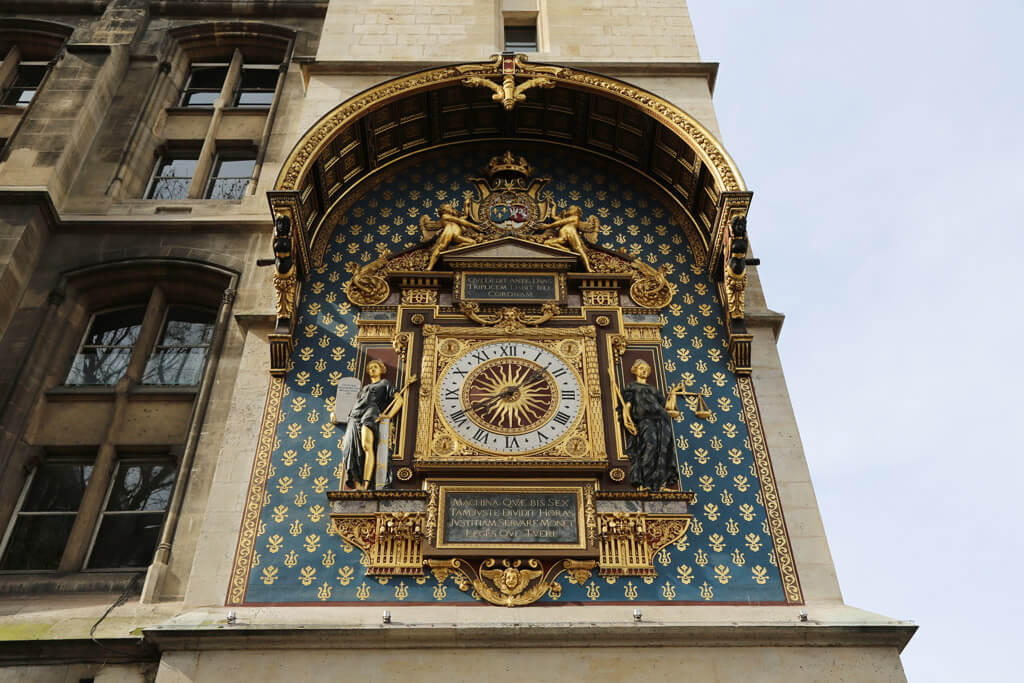
The 47m Tour de l’Horloge is decorated with the oldest public clock in Paris. The clock was commissioned by King Charles V, and it is a work by Henri de Vic, a reputed clockmaker from Lorraine.
Working since 1371, the Conciergerie Clock is stunning, and it had the purpose of helping Parisians regulate their activities during the day and night.
A Latin inscription is found below the clock: ‘MACHINA QUAE BIS SEX TAM JUSTE DIVIDIT HORAS, JUSTITIAM SERVARE MONET LEGESQUE TUERI’ which is translated in English by ‘This mechanism which divides time into perfectly equal twelve hours helps you to protect justice and defend the law’.
A Peek Inside La Conciergerie, Paris
People visiting the Conciergerie in Paris will be amazed by the impressive 14th-century rooms and halls built in Gothic style.
SALLE DES GENS D’ARMES
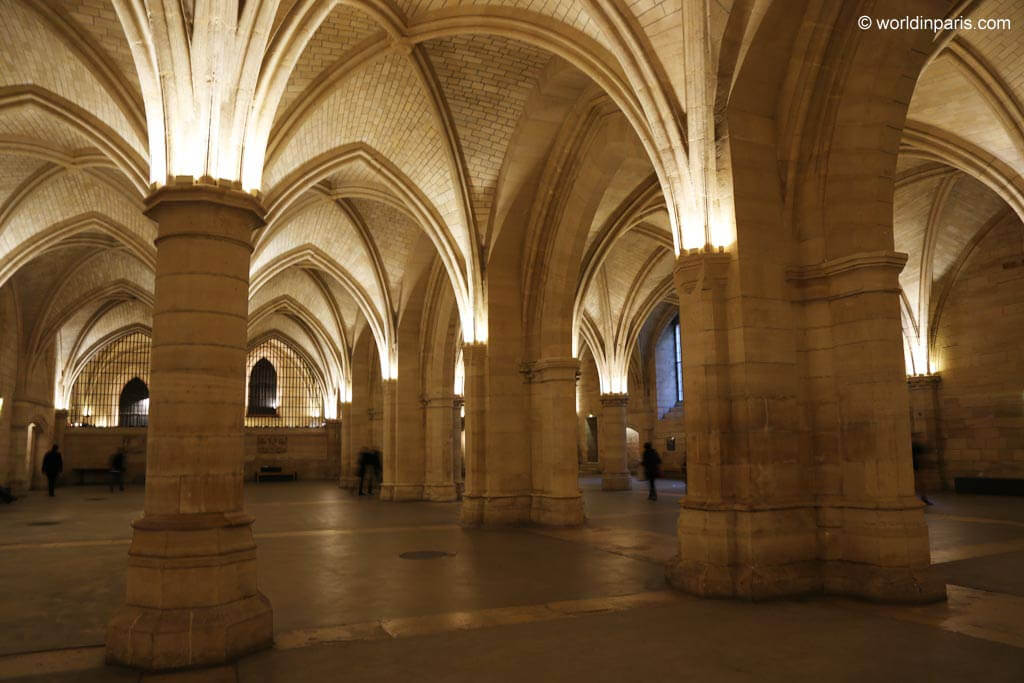
Commissioned by King Philippe Le Bel, this is the biggest Gothic hall still existing in Europe. Its dimensions are impressive: 68,80m x 27,4m x 8,5m.
Located on the ground floor, the King’s staff and service level, it was used as a refectory by the King’s numerous servants and men at arms (up to 2,000 people). Four massive fireplaces heated the hall, and the vaults originally had windows that illuminated the space.
Don’t miss the capital depicturing the history of Héloïse and Abélard.
SALLE DES ARMES
This also impressive hall was used by the Royal Guard. Later it was used as the anti-chamber to the Grande Salle, where the King gave justice.
When the King left the Palace, the Concierge installed here the dungeons for the prisoners without resources.
THE MEDIEVAL KITCHENS
Commissioned by King Jean Le Bon, these kitchens were used to prepare the food for the King’s staff.
THE CONCIERGERIE DURING THE FRENCH REVOLUTION
During the French Revolution, the lower part of the old Palace was completely transformed into a prison.
Behind the Salle des Gens d’Armes, there’s the part that presents a reconstruction of the Conciergerie prison. Here, you can visit the Rue Paris, the corridor used by Monsieur Paris in charge to execute the prisoners, the dungeons, a small museum with objects of the time, and an expiatory chapel built at the place where Queen Marie-Antoinette spent her last days.
Conciergerie Tickets
La Conciergerie is at 2, Bd du Palais, Paris 1 and it opens every day, from 9 am to 6 pm. The ticket to the Conciergerie costs 9€.
Apart from the Conciergerie tickets, you can buy a special combo ticket that will give you skip-the-line access to the Sainte-Chapelle and the Conciergerie for 15€.
You can visit the Conciergerie for free if you are (and you can prove it):
- under 18 years old
- from the UE and under 26 years old
- a primary/secondary school teacher
- disabled or with a disabled person
- a job seeker in France
What to Do Near the Conciergerie, Paris?
- Square du Vert Galant – Place Dauphine
- Louvre Museum
- Monnaie de Paris
- Sainte Chapelle
- Pont Neuf
- Seine River Cruise

